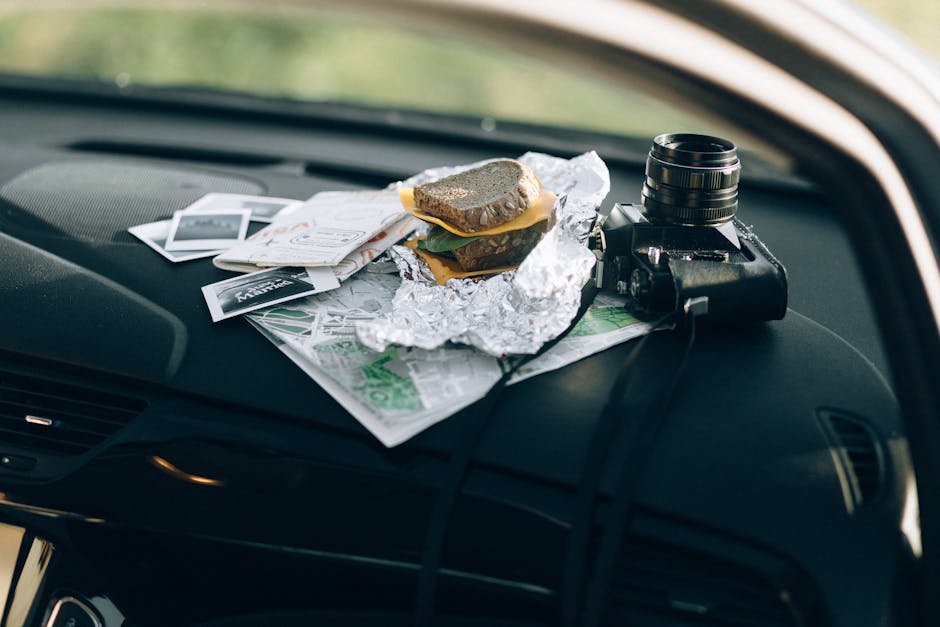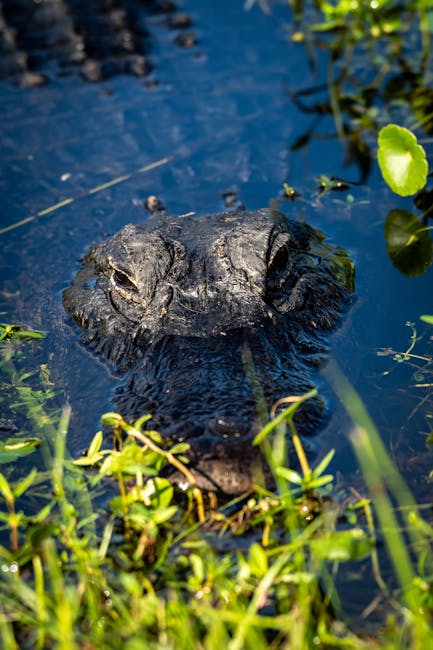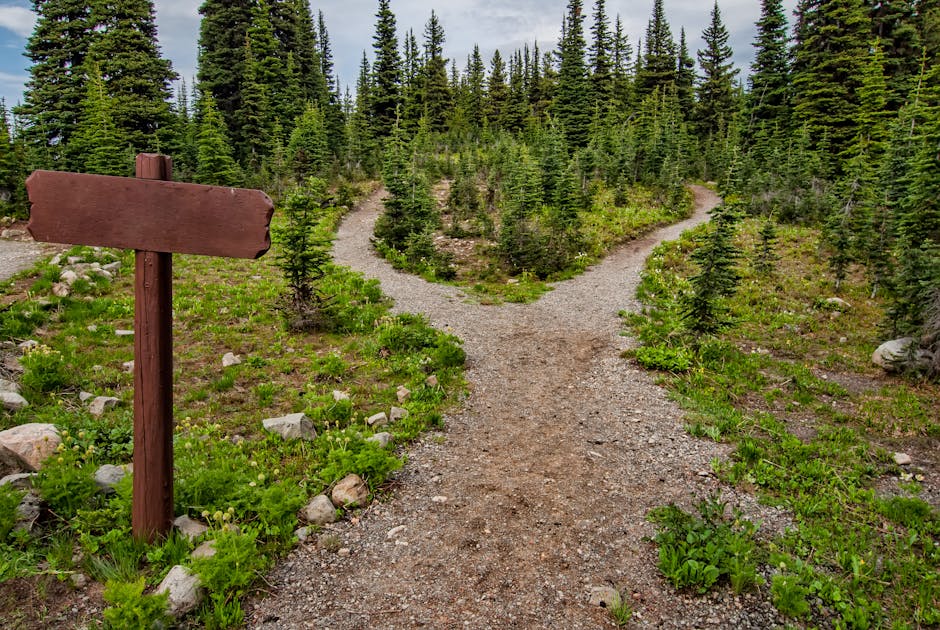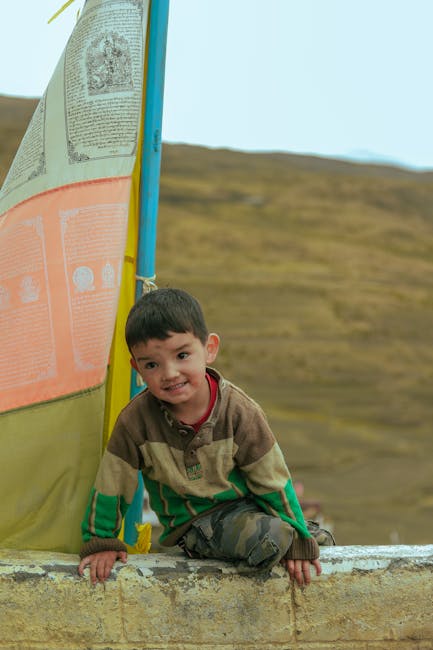Cradle Mountain: My Tasmanian Wilderness Awakening

Cradle Mountain: My Tasmanian Wilderness Awakening
Tasmania. Just the name conjures up images of untamed wilderness, rugged coastlines, and landscapes that feel both ancient and utterly pristine. And if there's one place that encapsulates all of that, it's Cradle Mountain-Lake St Clair National Park. I've been lucky enough to explore this breathtaking region a few times now, and each visit has left me with a deeper appreciation for the power and beauty of nature. I wanted to share my experiences, offer some tips, and hopefully inspire you to add this incredible destination to your own bucket list.
The Allure of Cradle Mountain-Lake St Clair

What is it about Cradle Mountain-Lake St Clair National Park that draws so many people from around the world? I think it's a combination of things. For starters, the scenery is simply spectacular. Think jagged dolerite peaks, glacial lakes reflecting the sky, ancient rainforests teeming with life, and vast buttongrass plains stretching as far as the eye can see. The iconic silhouette of Cradle Mountain itself, rising dramatically above Dove Lake, is an image that's instantly recognizable. It truly deserves its iconic status.
But it's more than just pretty pictures. There's a sense of adventure, a feeling of being truly immersed in the wilderness. You can choose your own level of challenge, from gentle strolls around the lake to multi-day hikes through challenging terrain. And the wildlife encounters – wallabies hopping across your path, wombats munching on grass, maybe even a glimpse of a elusive Tasmanian devil – add an extra layer of excitement.
For me, the park offers a chance to disconnect from the stresses of modern life and reconnect with something deeper. The air is crisp and clean, the sounds of nature are all around, and the sheer vastness of the landscape puts everything into perspective. It's a place where you can truly feel alive.
Planning Your Trip: When to Go & What to Pack

Okay, so you're intrigued! Excellent. Let's talk about planning your trip. One of the most important considerations is the time of year. Tasmania is known for its changeable weather, and Cradle Mountain is no exception. You can experience sunshine, rain, snow, and wind all in the same day, regardless of the season.
Best time to visit:
Generally, the best time to visit is during the warmer months, from December to March. This is when you're most likely to have pleasant weather for hiking and camping. However, it's also the busiest time of year, so expect more crowds and higher prices for accommodation.
Shoulder Seasons:
The shoulder seasons – spring (September-November) and autumn (April-May) – can be a good compromise. The weather is still reasonably good, the crowds are smaller, and you might catch some stunning autumn foliage or spring wildflowers.
Winter (June-August):
Winter is the least popular time to visit, due to the cold temperatures, snow, and shorter daylight hours. However, if you're prepared for the conditions, it can be a magical experience. Imagine Cradle Mountain covered in snow – it's a photographer's dream!
Packing Essentials:
No matter when you go, packing for Cradle Mountain requires careful consideration. Here's my list of essentials:
- Waterproof jacket and pants: Absolutely essential, no matter the forecast.
- Warm layers: Think thermals, fleece jackets, and a down vest or jacket.
- Sturdy hiking boots: Broken in and comfortable. Ankle support is a plus.
- Warm hat and gloves: Even in summer, the temperature can drop quickly.
- Sunscreen and sunglasses: The sun can be strong, even on cloudy days.
- Backpack: Big enough to carry water, snacks, extra layers, and a first-aid kit.
- Water bottle or hydration pack: Staying hydrated is crucial.
- Snacks: High-energy snacks like nuts, energy bars, and dried fruit.
- First-aid kit: Including blister treatment, pain relievers, and antiseptic wipes.
- Map and compass or GPS: Even if you're sticking to well-marked trails, it's always good to be prepared.
- Headlamp or flashlight: Essential if you're hiking at dawn or dusk, or if you're camping.
- Insect repellent: Sandflies can be a nuisance, especially near the lakes.
- Camera: You'll want to capture the stunning scenery!
Important Tip: Check the weather forecast before you go and be prepared for changes. Tasmania Parks and Wildlife Service also has up to date alerts about track closures and conditions.
Choosing Your Accommodation: From Camping to Luxury Lodges

Cradle Mountain-Lake St Clair National Park offers a range of accommodation options to suit different budgets and preferences. From pitching a tent under the stars to indulging in a luxurious lodge, there's something for everyone.
Camping:
For the adventurous souls, camping is a fantastic way to experience the park's natural beauty. There are several campgrounds located within the park, including:
- Cradle Mountain Campground: Located near the visitor centre, with powered and unpowered sites.
- Ronny Creek Campsite: A smaller, more basic campsite near the start of the Overland Track.
- Lake St Clair Campground: Located at the southern end of the park, with powered and unpowered sites.
Important Note: Bookings are essential for all campgrounds, especially during peak season. You'll also need a Parks Pass to camp in the park.
Lodges and Cabins:
If you prefer a bit more comfort, there are several lodges and cabins located just outside the park boundaries:
- Cradle Mountain Hotel: A popular choice, offering a range of rooms and suites, as well as a restaurant and bar.
- Peppers Cradle Mountain Lodge: A luxury lodge with stunning views of Cradle Mountain, offering a range of activities and experiences.
- Waldheim Cabins: Historic cabins located within the park, offering a more rustic experience.
- Pumphouse Point: A unique accommodation option located on Lake St Clair, offering stunning views and a peaceful atmosphere.
Airbnb and other options:
You can also find a range of Airbnb properties and other accommodation options in the nearby towns of Sheffield and Derwent Bridge.
My Personal Tip: Book your accommodation well in advance, especially if you're traveling during peak season. The best places tend to fill up quickly.
Exploring the Park: Hikes for All Abilities

One of the biggest draws of Cradle Mountain-Lake St Clair National Park is the incredible hiking. Whether you're a seasoned hiker or a beginner, there's a trail to suit your abilities. Here are some of my favorites:
Easy Hikes:
- Dove Lake Circuit: A relatively flat 6km loop around Dove Lake, offering stunning views of Cradle Mountain. This is a great option for families and those with limited mobility. Allow 2-3 hours.
- Enchanted Walk: A short, easy boardwalk through a beautiful rainforest, perfect for a leisurely stroll. Allow 20-30 minutes.
- Pencil Pine Falls and Rainforest Walk: Another easy walk through a lush rainforest, with views of Pencil Pine Falls. Allow 30-45 minutes.
- Weindorfers Forest Walk: Easy 1.4km loop through the forest near Waldheim Chalet. Allow 45 minutes.
Moderate Hikes:
- Marion's Lookout Track: A slightly steeper climb to Marion's Lookout, offering panoramic views of Dove Lake and Cradle Mountain. Allow 2-3 hours.
- Crater Lake Circuit: A beautiful loop around Crater Lake, with views of the surrounding mountains. Allow 2-3 hours.
- King Billy Track: A scenic walk through a forest of ancient King Billy pines. Allow 2-3 hours.
- Lake St Clair Foreshore Track: Explore the shores of Lake St Clair, Australia's deepest lake. Options vary from short strolls to longer hikes.
Challenging Hikes:
- Cradle Mountain Summit: A challenging climb to the summit of Cradle Mountain, requiring scrambling over rocks. Only recommended for experienced hikers with a good level of fitness. Allow 6-8 hours.
- Overland Track: A famous 65km multi-day hike through the heart of the park, taking you past Cradle Mountain, Lake St Clair, and everything in between. Requires careful planning and preparation. Allow 5-6 days.
- Frenchmans Cap: While technically not in Cradle Mountain-Lake St Clair National Park, this iconic peak is nearby and offers a challenging but rewarding multi-day hike.
Hiking Tips:
- Wear appropriate footwear: Sturdy hiking boots are essential for all but the easiest walks.
- Carry plenty of water and snacks: You'll need to stay hydrated and energized.
- Check the weather forecast: Be prepared for changes in conditions.
- Tell someone your plans: Let someone know where you're going and when you expect to be back.
- Stay on the marked trails: Avoid getting lost and protect the fragile environment.
- Leave no trace: Pack out everything you pack in.
My Favorite Hike: The Dove Lake Circuit is a classic for a reason. It's accessible to most people, offers incredible views, and gives you a great introduction to the park's beauty. But if you're feeling adventurous, I highly recommend the climb to Marion's Lookout – the panoramic views are simply breathtaking.
Spotting the Wildlife: Keep Your Eyes Peeled!

Cradle Mountain-Lake St Clair National Park is home to a diverse range of wildlife, from cuddly wombats to elusive Tasmanian devils. Keep your eyes peeled, and you might be lucky enough to spot some of these amazing creatures.
Common Wildlife Sightings:
- Wallabies: These small marsupials are common throughout the park, often seen grazing in open areas.
- Wombats: These adorable burrowing marsupials are also frequently seen, especially at dusk and dawn.
- Pademelons: Smaller than wallabies, pademelons are often found in the rainforest.
- Possums: Possums are nocturnal, so you're more likely to see them at night.
- Birds: The park is home to a variety of birds, including currawongs, honeyeaters, and parrots.
Elusive Wildlife:
- Tasmanian Devils: These carnivorous marsupials are endangered and relatively shy, so sightings are rare.
- Quolls: These spotted marsupials are also nocturnal and relatively rare.
- Echidnas: These spiny anteaters are sometimes seen foraging for insects.
- Platypus: These semi-aquatic mammals are very shy, and are most often seen at dawn or dusk in still, dark watercourses.
Wildlife Watching Tips:
- Be patient and observant: Wildlife sightings often require patience and a keen eye.
- Respect wildlife: Keep a safe distance and avoid disturbing the animals.
- Don't feed the animals: Feeding wildlife can disrupt their natural behavior and make them dependent on humans.
- Be quiet: Loud noises can scare away wildlife.
- Look for tracks and signs: Animal tracks and scat can provide clues about their presence.
- Go out at dawn or dusk: Many animals are more active during these times.
My Wildlife Encounter: I remember one evening, as I was walking back to my cabin after dinner, I spotted a wombat munching on grass just a few feet away. It was so close that I could hear it chewing! I stood there for a few minutes, watching it in awe. It was a truly magical moment.
Respecting the Environment: Leave No Trace

Cradle Mountain-Lake St Clair National Park is a fragile and precious environment. It's our responsibility to protect it for future generations. One of the best ways to do this is to practice the principles of Leave No Trace.
The Seven Principles of Leave No Trace:
- Plan ahead and prepare: Know the regulations and potential hazards, and be prepared for changes in weather.
- Travel and camp on durable surfaces: Stay on established trails and campsites.
- Dispose of waste properly: Pack out everything you pack in, including food scraps and toilet paper.
- Leave what you find: Don't take anything from the park, including rocks, plants, and artifacts.
- Minimize campfire impacts: Use camp stoves for cooking, and only build campfires in designated fire rings.
- Respect wildlife: Observe wildlife from a distance, and never feed the animals.
- Be considerate of other visitors: Minimize noise and respect the privacy of others.
Specific Tips for Cradle Mountain:
- Stay on the boardwalks: Boardwalks protect the fragile vegetation.
- Clean your boots: Use boot cleaning stations to prevent the spread of weeds and diseases.
- Use designated toilet facilities: Don't relieve yourself near water sources or trails.
- Be aware of fire danger: Check the fire danger rating before you go, and avoid using open flames during periods of high fire danger.
My Pledge: I always try to be mindful of my impact on the environment when I'm in Cradle Mountain-Lake St Clair National Park. I pack out all my trash, stay on the trails, and respect the wildlife. I encourage you to do the same.
Beyond the Mountain: Exploring the Region

While Cradle Mountain is the star attraction, there's plenty more to see and do in the surrounding region. Consider extending your trip to explore some of these other highlights:
- Sheffield: A charming town known as the "Town of Murals," with over 60 murals adorning its buildings.
- Mole Creek Caves: Explore stunning limestone caves, including King Solomons Cave and Marakoopa Cave.
- Tamar Valley Wine Route: Sample some of Tasmania's finest wines at the vineyards along the Tamar Valley.
- Walls of Jerusalem National Park: Another beautiful wilderness area, accessible only on foot.
- Liffey Falls State Reserve: Experience one of Tasmania's most beautiful waterfalls.
My Regional Recommendation: Don't miss a visit to Sheffield. The murals are fascinating, and the town has a lovely, relaxed atmosphere. It's a great place to stop for lunch or browse the local shops.
Final Thoughts: A Wilderness Experience You Won't Forget

Cradle Mountain-Lake St Clair National Park is more than just a beautiful place; it's an experience that stays with you long after you've left. It's a place to challenge yourself, reconnect with nature, and appreciate the power and beauty of the wilderness. From the iconic silhouette of Cradle Mountain to the tranquil waters of Lake St Clair, this park offers something for everyone.
I hope my experiences and tips have inspired you to plan your own trip to this incredible destination. Whether you're a seasoned hiker or a first-time visitor, I'm confident that you'll be captivated by the magic of Cradle Mountain. Just remember to pack your waterproof gear, your sense of adventure, and your respect for the environment. You won't regret it!
So, what are you waiting for? Start planning your Cradle Mountain adventure today!
Post a Comment